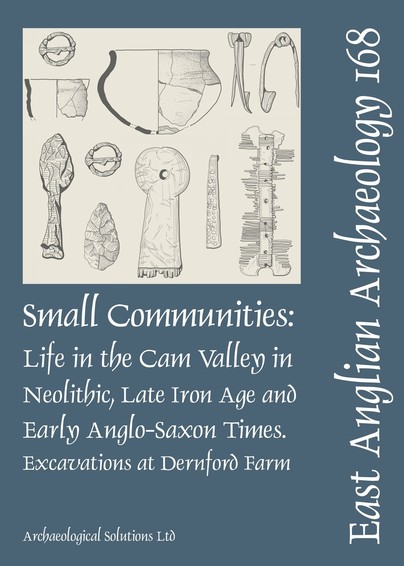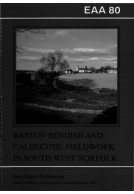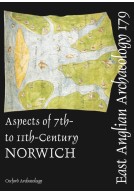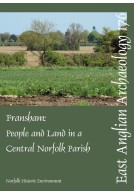EAA 168: Small Communities: Life in the Cam Valley in the Neolithic, Late Iron Age and Early Anglo-Saxon Periods (Paperback)
Excavations at Dernford Farm, Sawston
Imprint: East Anglian Archaeology
Series: East Anglian Archaeology Monograph
Pages: 206
Illustrations: 95
ISBN: 9780993247743
Published: 30th November 2018
Script Academic & Professional
Series: East Anglian Archaeology Monograph
Pages: 206
Illustrations: 95
ISBN: 9780993247743
Published: 30th November 2018
Script Academic & Professional
You'll be £25.00 closer to your next £10.00 credit when you purchase EAA 168: Small Communities: Life in the Cam Valley in the Neolithic, Late Iron Age and Early Anglo-Saxon Periods. What's this?
+£4.99 UK Delivery or free UK delivery if order is over £40
(click here for international delivery rates)
Need a currency converter? Check XE.com for live rates
(click here for international delivery rates)
Need a currency converter? Check XE.com for live rates
Excavation of a site on river gravels in the Cam/Granta valley, by Archaeological Solutions Ltd, took place in advance of gravel extraction and construction of a reservoir. The excavation revealed five phases of archaeological activity, beginning in the Neolithic period with evidence for episodic or seasonal occupation and burial. After a gap of several centuries, there were three phases of Middle Iron Age to early Roman activity representing the continuous development of the same system of enclosures focussed on a central trackway. Domestic occupation was also evident in the form of partial ring gullies. During the Conquest period there was probably a landing site for boats operating on the former river channel evident at the site. Economic activity during these phases represents a mixed, surplus-generating economy and it is possible that river traffic played an important role in the trade of the agricultural surplus. Limited finds of later Roman artefacts indicate a continued Romano-British presence in the vicinity. The final phase of occupationis a small rural Anglo-Saxon settlement comprising seven sunken-featured buildings and associated pits. Environmental and soil micromorphological analysis from this phase has provided important information about the internal arrangement of SFBs and the processes associated with development of their fills.
Other titles in the series...
Other titles in East Anglian Archaeology...





















